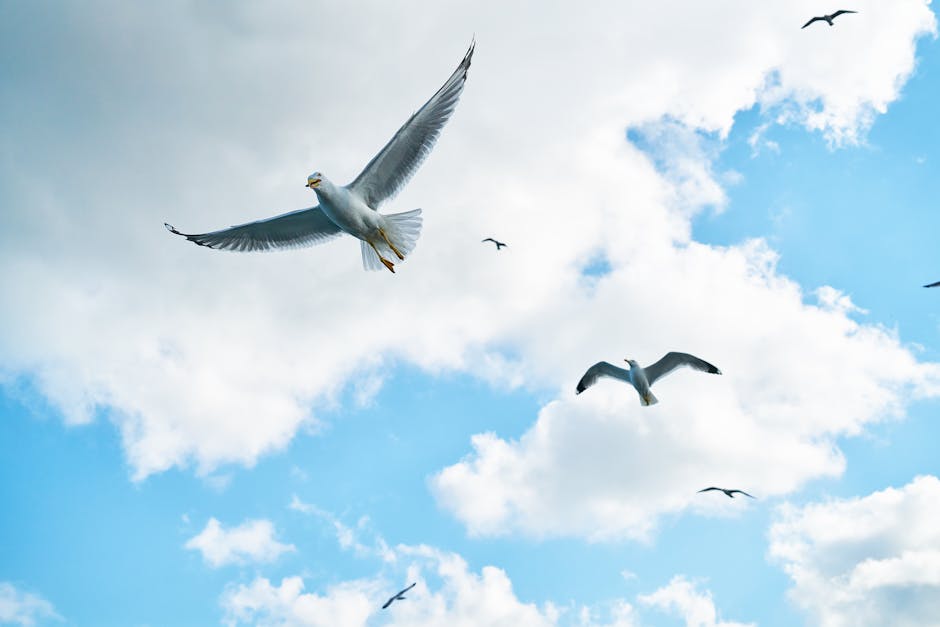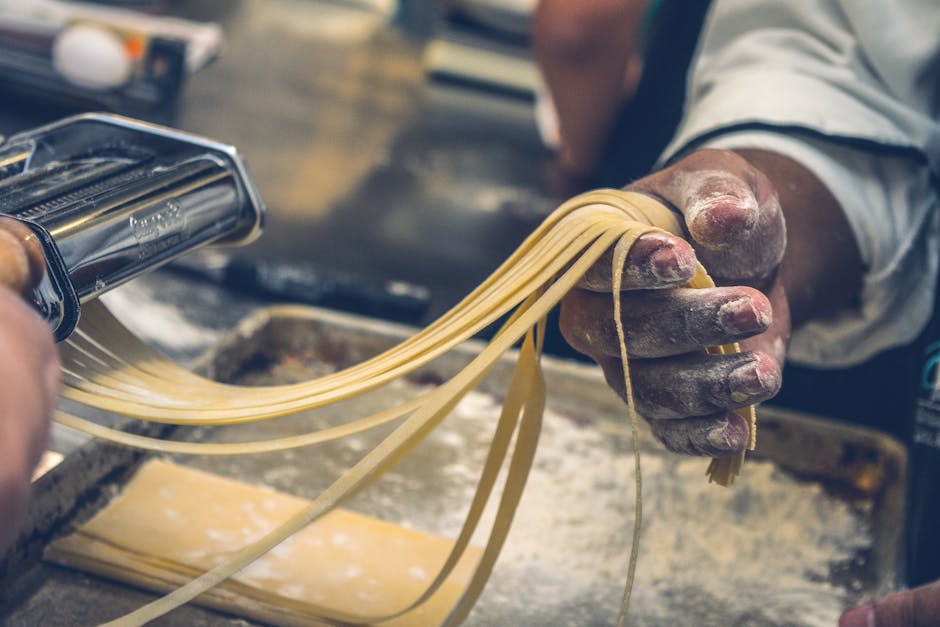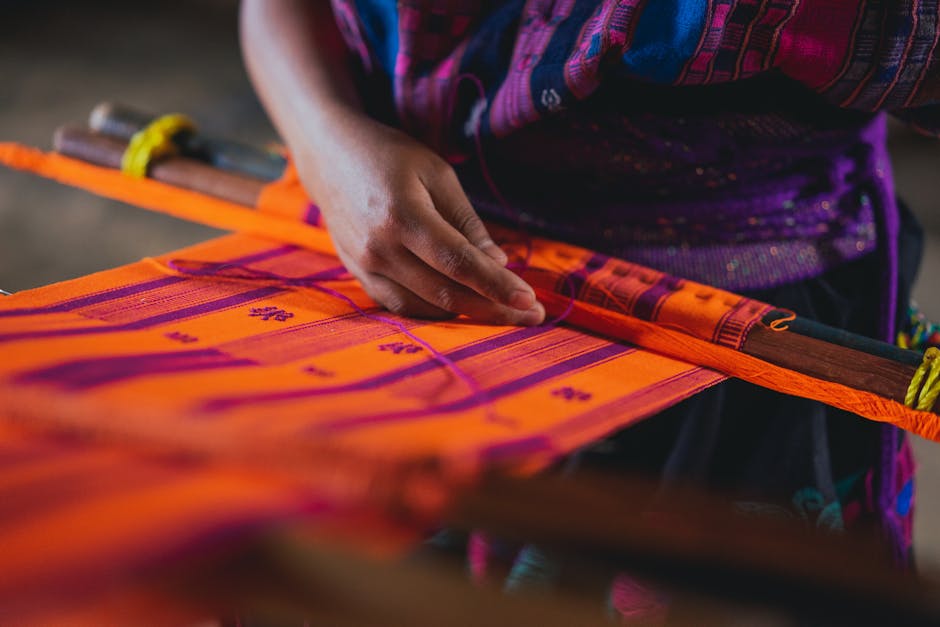Over time, however, evolution works slowly but surely. Certain species are not quick to change or adapt their features, making them vulnerable to risk factors in your environment.
The term “vulnerability” refers to when something is susceptible to failure or loss. For example, if you never use sunscreen, your skin will become very sensitive and likely to burn easily.
Without protective layers of sunburned skin, you would be more susceptible to serious health problems such as skin cancer. Similarly, birds that do not have evolutionary adaptations for protecting themselves against aerial predators may put themselves at greater risk for death.
Aerial predator protection includes things like camouflage, fluffier feathers, and other behaviors designed to make it harder to identify the bird as prey.
Lack of diversity

Many bird species are in serious danger due to a lack of evolutionary diversity. This is when similar traits or characteristics emerge in different individuals within a population. For example, if most birds have black feathers and yellow feet, then there would be little variation within that group.
A few individual members of the flock might have white feathers and red feet, but this doesn’t matter much because it is also likely that these birds will be outnumbered by others with more common features.
The result is extinction for the less dominant trait, as well as reduced survival for the rest of the flock. By protecting rare specimens, we help safeguard the future of their kind.
Some examples: ostrich chicks are fed milk instead of solid food which makes them stay very thin and vulnerable to predators (ostrich moms know – they protect their young from lions just like big cats do with humans).
And pelicans are known to take care of their offspring not only physically, but socially too, so they get help from other parents at the nest site. These behaviors increase infant survivability, and therefore parental investment in children.
Saving one baby pelican may not seem significant, but such efforts can add up over time! — Sarah Laskowski
This article explains how birds lose out due to a lack of evolutionary diversity. Now let’s look at some ways you can help save endangered birds by becoming an active citizen wildlife watcher.
Small population size

Another reason birds are vulnerable is because of their small population sizes. Only 2-5% of all bird species have populations that increase year after year. Most bird populations decline due to factors such as food shortages, climate change, disease, and poaching.
Many bird species face extinction in the next few generations. This is very serious since there are over 8 million known species!
Animals are not the only ones who suffer from a lack of resources. Humans also contribute to this problem by wasting natural resources and leaving less for future generations.
This article will talk about some ways you can help save birds by reducing your use of plastic.
Lack of genetic diversity

Over time, evolution works by selecting for changes in individuals with favorable traits. This process happens when there is an increase in the numbers or strength of a certain feature, or a decrease in features that are no longer needed.
A limiting factor in bird evolution may be something called “genetic diversity.” This refers to the number of different variations within a species.
As birds evolve, they pass their genes on to the next generation. The more genetically diverse a population is, the greater the chance that some offspring have mutations that help them survive in slightly changing environments.
Inter-species competition can also play a role in shaping a species’ characteristics. For example, predators that eat other animals often inherit beneficial qualities such as strong muscles and quick reflexes.
Bad habitat

Many bird species have remained the same for centuries because of their lack of evolution. If birds are not finding adequate food or shelter, they will not survive nor breed, and thus, there is no need to evolve to better suit those conditions.
Bad habitats can be due to external factors such as pollution or construction, but more often than not it’s something within the environment that limits a bird’s growth.
When natural environments are replaced with man-made ones, slow migrating birds may find themselves without nesting spots or safe eating areas. This could also mean that some plants and insects that were once consumed aren’t available anymore, so they pass on less important nutrients to the next generation.
All of these reasons contribute to the limited breeding and survival of birds in our increasingly polluted world. —Sean O’Brien
It’s very difficult to save animals if you do not give them what they need to live. Luckily, we have many ways to help promote animal welfare. By donating money, time, and/or supplies, you can make a big difference.
One way to help conserve wildlife is by supporting programs that preserve and restore native ecosystems. For example, national parks play an integral part in protecting endangered species.
By educating yourself about different types of animals, you will want to learn how to best care for them. As mentioned before, giving your animal what it needs is one of the most significant things you can do.
Humans are a threat

There is little doubt that humans pose a significant risk to bird populations. With more than five billion people on this planet, there’s just not enough space for birds to survive.
We directly threaten almost every species of bird with our waste products left over from eating. We also disturb habitats by altering landscapes or building structures in areas where birds live and breed.
Some individuals take their love of nature too far by harassing individual animals or taking wildlife illegally. These behaviors can be done as part of an educational experience or because the individual feels they have no other choice due to a lack of enforcement.
However, some individuals choose to go beyond simply educating themselves about birds and ecology and actively pursue confrontation or even violence. This is particularly true when it comes to popular birds like owls and pelicans.
Owl attacks are extremely common. About one in three households reports having been threatened or attacked by a predator while outside during dusk-to-dawn hours at least once within the past year.
Pelican deaths usually occur after someone shoots them accidentally while trying to target ducks. In both cases, these highly sensitive birds die from fear or stress-related illness.
Given how many species of birds we as a population endanger, what can we do to help protect them?
It starts with changing ourselves
Evolutionary biology teaches us that organisms (birds included) will naturally select traits that allow them to survive and reproduce.
Predator threat

Many bird species have never evolved any special defenses against large predators like lions or wolves. These birds rely on their calls, songs, flutters, and other behaviors to avoid being eaten.
Some animals are just too slow to evolve defensive features. This is especially true for reptiles and early mammals that lacked hair and fur.
These vulnerable creatures must be even more careful to survive than other groups of organisms!
By contrast, most modern-day placental mammals (mammals with a closed circulatory system) such as cats and dogs are rapidly evolving defenses.
They develop protective coats, grow whiskers, and even give birth while underweight due to the allergenic effects of their own offspring.
However, these adaptations can take years to appear, making it difficult for individual animals to respond in time to a predator.
Climate change

Recent climate changes are creating a very unstable environment for birds. As temperatures rise due to climate change, there is less space in which birds can live. More frequent heatwaves mean that some bird species cannot survive them.
Climate change also causes water levels of wetlands to drop, making it difficult for birds to find food, shelter, and breeding grounds. Wetlands act as natural cooling systems and so birds need these spaces to thrive.
Without enough nesting sites or cool wetland areas, birds may be forced to look for other habitats with warmer climates. This could cause more interspecies competition, leading to higher mortality rates. In fact, studies have shown that many bird populations are shrinking due to this.
There are several ways humans contribute to the loss of biodiversity caused by climate change. The most common one is habitat destruction, such as when large developments take over important wildlife corridors. Another is the introduction of non-native species into ecosystems, something that has become increasingly prevalent due to urbanization.
